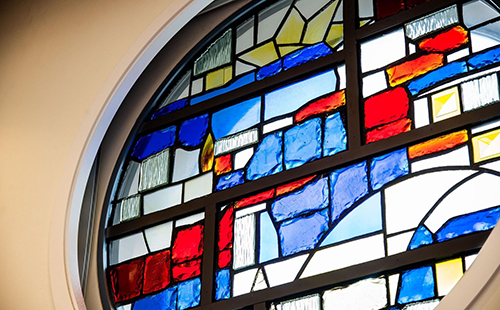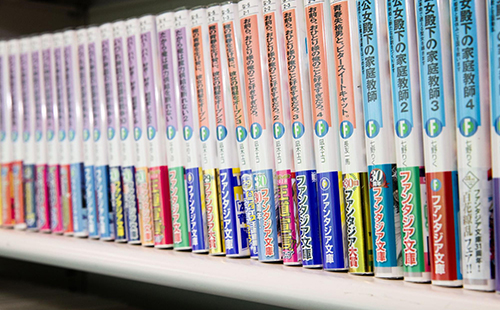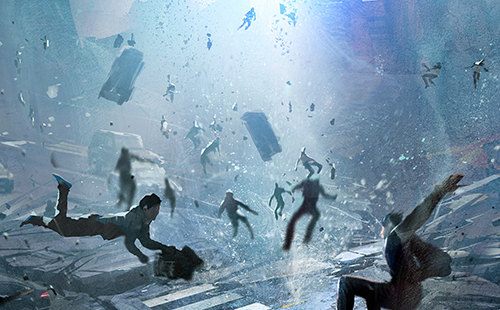CORPORATE HISTORY
Literature Publishing Era:1945–1975
KADOKAWA was established in the postwar era, with the ambition to revitalize Japanese culture through publishing. Initially, the company engaged mainly in literary publications of Japan's national history and literature, which fulfilled the needs for cultural content.
-
November 10, 1945
Japanese literary scholar Genyoshi Kadokawa establishes an independent publishing company.
Its very first publication is Kashu Hodo [Anthology - Sidewalk] by Sataro Sato. -
1949
The first “Kadokawa Bunko” paperback in B6 size print is published.
Crime and Punishment by Dostoyevsky is the first title to be released. -
1950
The "Kadokawa Bunko” paperback is resized to the current A6 size print, launching the first paperback boom in Japan.
-
1952
The magazine Haiku is launched.
Showa Bungaku Zenshu [The Complete Series of Japanese Literature from the Showa Era] (60 volumes) becomes the biggest hit in postwar publishing history, setting off the “Zenshu” (collected works) publishing movement. -
1954
The company reorganizes into a business corporation.
-
1956
The Kadokawa Kokugo Jiten [Kadokawa Japanese Dictionary] and the Kadokawa Kanwa Jiten [Kadokawa Kanji Dictionary] are published, expanding the company’s business area to the dictionary market.
-
1957
The high school textbook Kokugo (Sogo) [Comprehensive Japanese] is released, dominating its relevant market.
-
1958
Nihon Emakimono Zenshu [The Collected Works of Japanese Picture Scrolls] (25 volumes) and Zusetsu Sekai Bunkashi Taikei [The Illustrated Book of World Cultural History] (24 volumes) are published.
-
1960
Sekai Bijutsu Zenshu [The Collected Works of World Art] (40 volumes) is published.
-
1962
Kohon Basho Zenshu [Viorum of Basho: The Collected Works] (10 volumes) is published, winning the Education Minister Prize after its completion.
-
1964
Zusetsu Haiku Daisaijiki [A Glossary of Seasonal Haikus: The Illustrated Edition] (5 volumes) is published.
-
1967
Color-ban Sekai no Shishu [World Poetry: The Color Print Edition] (12 volumes) is published.
-
1968
Nihon no Shishu [Japanese Poetry] (12 volumes) is published.
There is a boom in poetry books. -
1969
Nihon Kindai Bungaku Taikei [A Compendium of Japanese Modern Literature] (60 volumes) is published.
-
1971
Nihonshi Tanbo [Discovering Japanese History] (22 volumes), series of books based on a TV program aired on NHK, is published, setting a precedent for mixed media development.
-
1972
Gendai Haiku Taikei [A Compendium of Modern Japanese Haiku] (12 volumes) is published. FUJIMI SHOBO is established.
-
1974
The magazine Yasei Jidai is launched.
The Kadokawa Bunko Distribution Center is established. -
1975
Genyoshi Kadokawa dies. Haruki Kadokawa becomes president.














